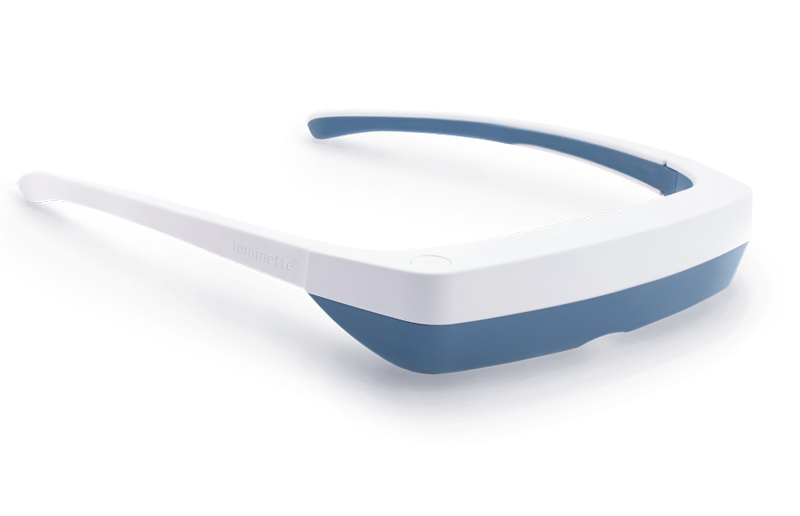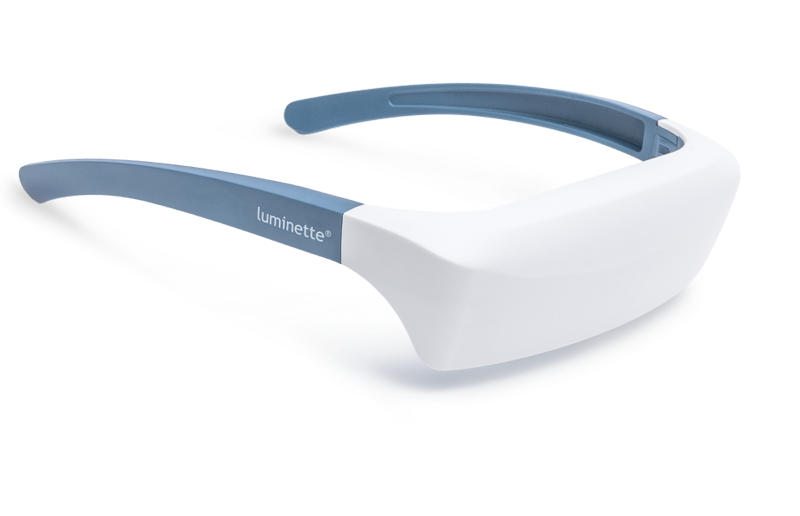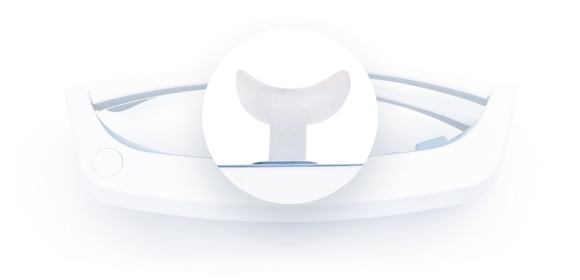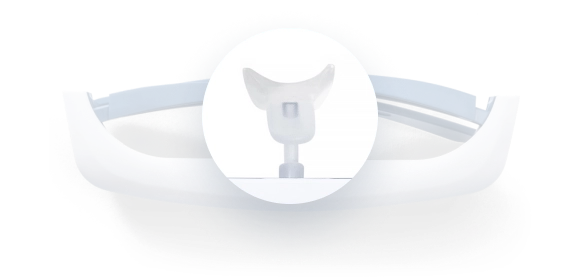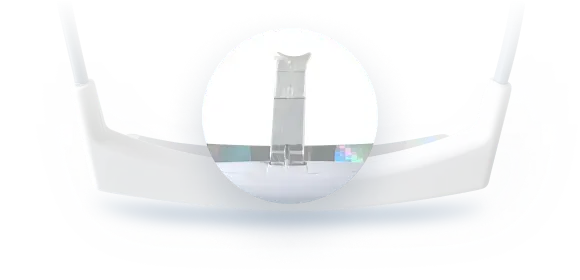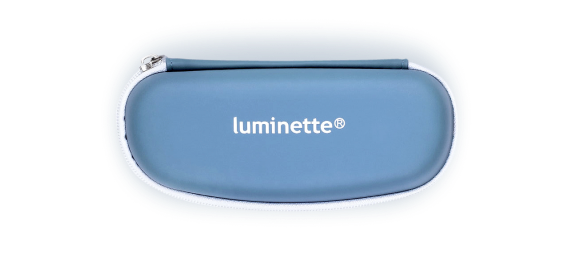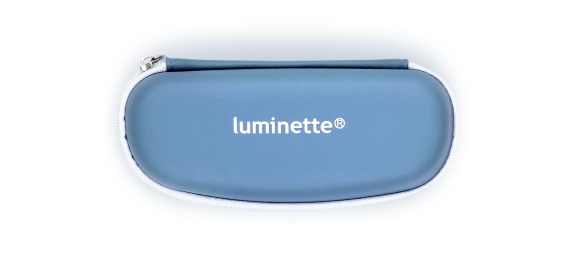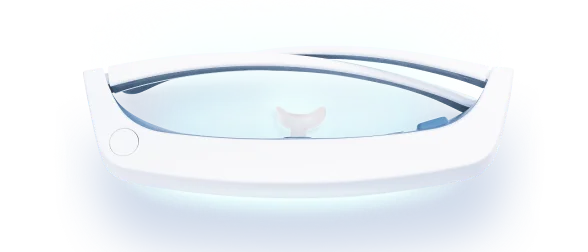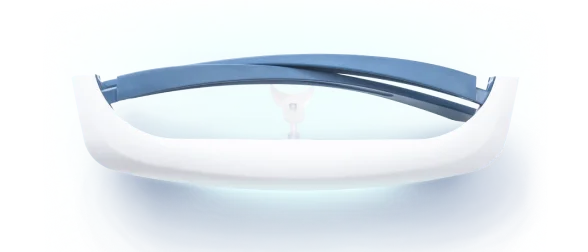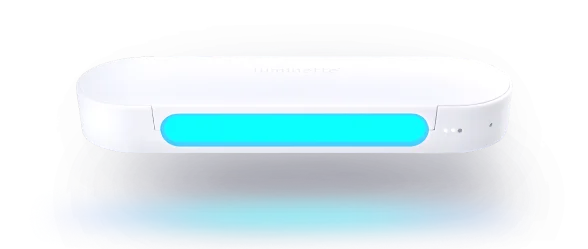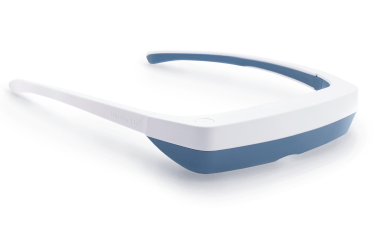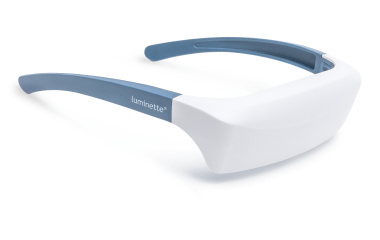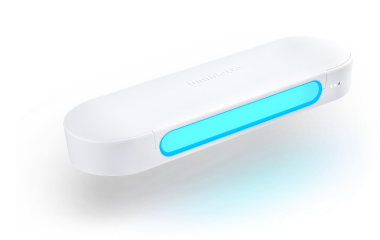When winter arrives, the lack of sunlight starts to weigh on us. We wake up in darkness, the sun remains hidden all day, and it’s already dark by late afternoon. It’s no surprise that many people feel depressed, lack energy, and have sleep troubles due to the months-long lack of natural light.
Light therapy uses artificial light that mimics sunlight. This helps reset your body’s internal clock to regulate sleep-wake cycles, hormone levels, and more. If you feel down during the winter, you might have considered light therapy as a solution.
In this article, we will explore the science behind this innovation.
Overview of light therapy
Although it has become more prevalent recently, bright light therapy is nothing new.
Hippocrates wrote about it for the first time in 400 BC when he discussed the significance of the sun. Then, in 1984, Norman Rosenthal provided the first definition of winter blues and described how light therapy lamps can help with symptom reduction.
Light therapy seems pretty straightforward—you sit or work in front of a special light box or wear glasses that emit bright light. But the magic happening behind the scenes is all about biochemistry.
Light therapy aims to recreate natural sunlight exposure's energizing, brain-boosting effects. These lamps or glasses emit light designed to mimic the specific wavelengths of natural light, thereby triggering essential biological processes in the body. Just as plants use sunlight as their fuel source, the right artificial light feeds your body's cells and systems that regulate energy, alertness, sleep quality, and more.

How light therapy works
Light therapy works by readjusting your body's internal clock, which regulates your sleep, wake, meal, and other vital functions. When your eyes are exposed to ambient light, this clock is informed, allowing it to synchronize your body cycles with the natural day-night cycle.
In our modern age of ample electric lighting and long indoor days, many sleep-wake clocks are thrown out. Without enough bright light cues, these rhythms fall out of sync, leading to sleep problems, grogginess, moodiness, and other aggravating symptoms.
Light therapy delivers a concentrated dose of light directly to the eyes and brain. This convinces our internal clock that we have received adequate sunlight exposure, prompting it to reset. As a result, our sleep-wake cycle realigns, and levels of sleep-related hormones such as melatonin rebalance.
What are the advantages of light therapy?
Energy boost
When bright light reaches your brain, it's like a natural signal to wake up and be alert! With more light during the day, your body produces hormones that give you energy, such as serotonin, dopamine, and cortisol.
So, instead of feeling tired in the afternoon, you're focused and productive all day long. You no longer need to struggle to stay awake in meetings or hit the snooze button multiple times.
Improved sleep quality
Sunlight plays a crucial role in regulating our sleep-wake cycle by stimulating the synthesis of melatonin. Melatonin, a hormone produced by the body in response to darkness, helps regulate our sleep patterns.
When melatonin levels are low, various sleep problems can arise. Therefore, exposing ourselves to light, especially in the morning, helps boost melatonin production, mimicking the effects of the rising sun.
Strategically applying bright light treatment at specific times of the day will help synchronize our sleep-wake cycle with our desired sleep schedule. This can alleviate common sleep issues such as difficulty falling asleep and frequent awakenings during the night.

Better cognitive function
When one's sleep-wake cycle is in sync, arousal levels and brain wave activity are optimized for greater clarity of thought, learning, memory retention, and concentration. Keeping the sleep-wake cycle in sync optimizes arousal levels in the brain to enhance cognitive performance.
Under light therapy's influence, you become a creative, strategic machine.
Elevated mood
Light's impact on neurotransmitters like serotonin provides an antidepressant-like effect, elevating mood and easing seasonal blues.
Many light therapy users bid adieu to seasonal blues, anxiety, irritability, and feelings of sadness or emotional emptiness, while light helps rebalance their neurochemistry.
Improved memory
Before a significant discovery in 2017, there was little proof of the impact of serotonin on memory.
According to a Johns Hopkins brain study, there is a significant reduction in serotonin neurons in those who have memory loss and diseases like Alzheimer's.
Because of this discovery, they believe that memory loss was caused by low serotonin levels rather than occurring as a side effect. Now, they think that memory deterioration can be halted by raising serotonin levels.
Reduced jet lag symptoms
When you travel to a new time zone, light therapy can help you adjust your sleep-wake cycle and reduce symptoms such as fatigue, sleep problems, and daytime sleepiness that are associated with jet lag.
Increased productivity
Having greater energy is just one of the many benefits of serotonin.
When we are more energized, our capacity to concentrate and become productive both rise. We feel happier when our serotonin levels are higher. Having a positive attitude also increases productivity.
Our bodies continue to create more serotonin when we're pleased, which has a cascading influence on our overall well-being and health.
According to a 2012 study, more intense light can improve alertness and vitality in work environments. The people felt more alert and less drowsy under light-intensity illumination than in dim lighting.
Also read: Harmful Effect of Lack of Light.
What are the disadvantages of light therapy?
Temporary results
This therapeutic approach only works while you diligently follow your bright light exposure routine—whether that's daily sessions, seasonally through winter's dark months, or whenever you notice mood and energy dips related to lack of sunlight.
As soon as you ease off the light therapy, your sleep-wake cycle will start drifting out of alignment again, and symptoms may return.
Patience required
Light therapy requires a bit more stick-with-it-ness before you bask in its full glory.
It can take several weeks of diligent daily light exposure sessions before noticing mood boosts, sleep quality improvements, and surges in productivity.
The light therapy works by gently coaxing your body's rhythms back into their optimal cycles—a subtle process you likely won't feel overnight.
Inconsistent effectiveness
Light therapy does not produce equally remarkable results for everyone. Individuals with more complex clinical conditions, such as bipolar disorder or severe non-seasonal depression, may not experience the same benefits as those struggling with milder winter blues or sleep problems.

Side effects
The good news is that the risks of light therapy are extremely low, especially compared to medication or other medical treatments.
The bad news? Adverse reactions to Luminette are relatively mild and transient. They may include headaches, eye fatigue, and nausea.
Steps you can take to avoid, reduce, or minimize these side effects: Always use the Luminette in a well-lit room. Reduce the light intensity of the Luminette if these reactions occur. Stop using the device for a few days until the reactions disappear, then try again.
Contraindications
Some people with eye or light-sensitivity concerns may simply prefer to be more cautious with bright light exposure or use additional eye comfort strategies if needed. The same applies to individuals taking medications that increase photosensitivity.
While light therapy is safe for most users, it’s still wise to follow a few basic precautions—such as adjusting intensity, limiting session length at first, and seeking professional guidance if you’d like personalized advice.
How do I use light therapy?
Consistency is key
Continue to follow the same daily light therapy routine, even as you begin to feel better. The beauty of light therapy is that this transition can be long-lasting. By maintaining a regular practice over time, this energy will become your new norm.
Follow protocols
The sessions can last from 20 to 60 minutes, and each light therapy device has its own instructions. We recommend relying on the user manual for the initial use.
Winter is prime time
Many find light therapy most helpful during fall and winter when the lack of natural light exposure peaks.
You may also like: Maximizing Benefits: Achieving Best Results with Light Therapy.
Luminette 3 light therapy glasses are innovative eyeglasses designed to allow you to enjoy a light therapy session while engaging in your regular activities. Unlike traditional therapy lamps, Luminette 3 eyeglasses feature an artificial light source that directs a safe light beam into your eyes without causing any dazzling effect or obstructing your clear vision.
To use them, simply wear the eyeglasses and press a button to activate the light, and your phototherapy session begins. These glasses are user-friendly and compatible with those who wear prescription glasses or contact lenses, ensuring no disruption to vision or comfort.
With the convenience of Luminette 3, there is no longer a need to sit beside a stationary light therapy lamp for 30 minutes each day. The freedom to move around means you can prepare breakfast, dive into a captivating book, catch up on your favorite TV shows, work on your computer tasks, or even engage in light exercises, all while receiving your therapeutic light exposure. Whether you're at home or on the go, Luminette 3 offers a flexible and efficient solution to incorporate light therapy into your daily life.
Takeaway: Utilize light therapy for improved well-being
Feeling gloomy, foggy, and sluggish when winter's darkness takes over is a perfectly normal reaction. Your body's biological rhythms rely heavily on bright light cues to function optimally. But light therapy provides a simple, noninvasive way to restore the sleep-wake cycle.
With a consistent bright light routine, you can keep your sleep/wake cycles properly calibrated, hormone levels balanced, and your brain energized all season long. The result? Crisp focus, replenished vigor, sunnier moods, and top-notch cognitive performance, no matter what it looks like outside.
Not sure where to start with light therapy? Check out the Luminette 3 light therapy glasses designed for maximum safety, effectiveness, and convenience.
FAQ
Is light therapy really effective?
The research proves it—light therapy is highly effective for managing winter blues, sleep/wake issues, and other conditions linked to a lack of light exposure.
How long does light therapy treatment last?
The effects of light therapy are temporary, as its benefits rely on continued exposure to bright light sources that can reset your sleep-wake cycle. Many need to keep up light therapy all throughout the winter months.
How long does it take for light therapy to take effect?
Like any regimen, consistency is crucial. You will likely feel the mood-boosting, energy-revving effects after 1-2 weeks of diligent daily use. For some, full benefits can take 4-6 weeks to manifest.
Are light therapy results permanent?
Unfortunately, light therapy is not a permanent solution. Once you cease your light exposure routine, your sleep-wake cycle will eventually revert back to its misaligned state, and symptoms will return.
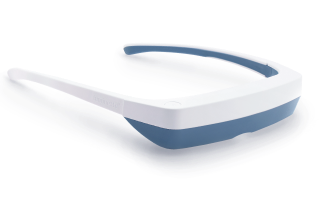
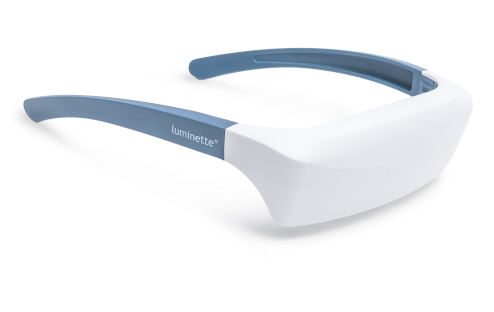
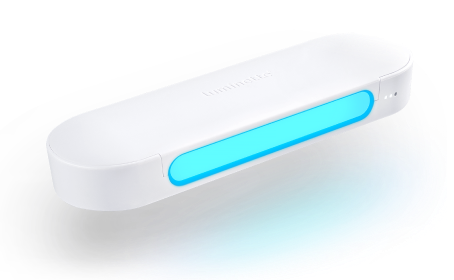
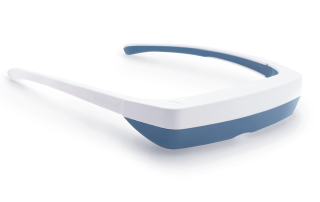
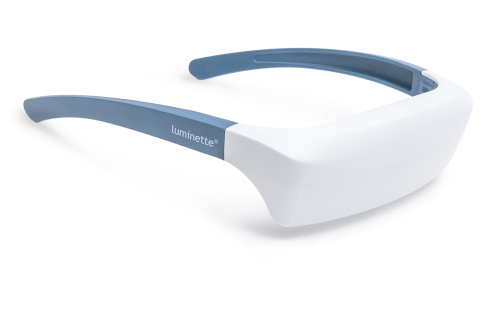
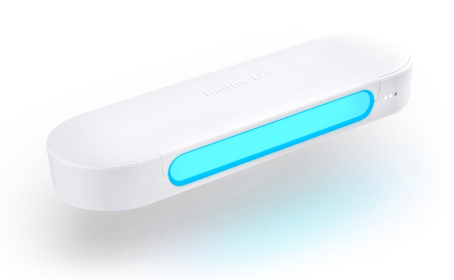
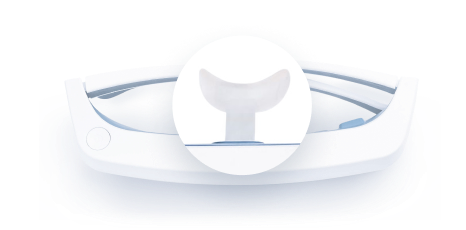
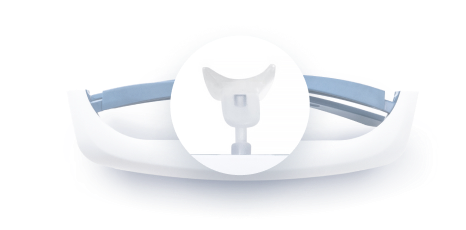
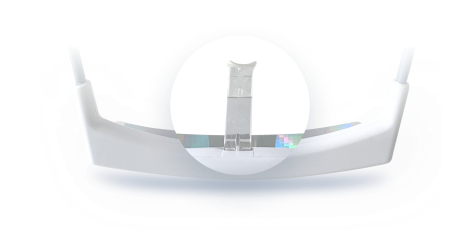
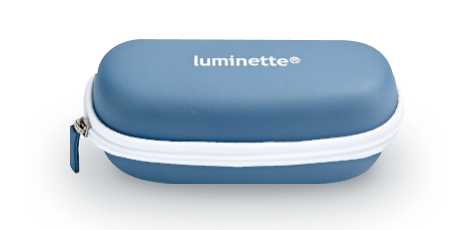
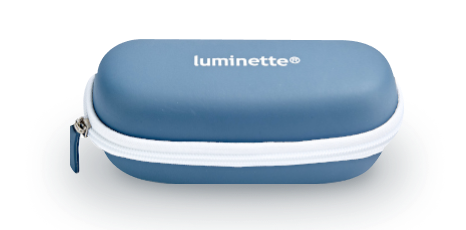





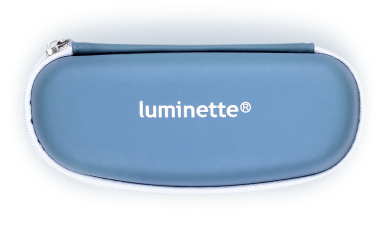
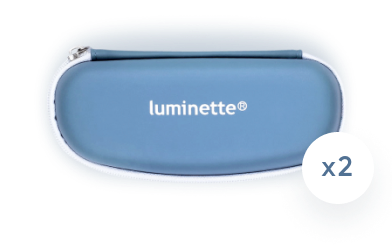
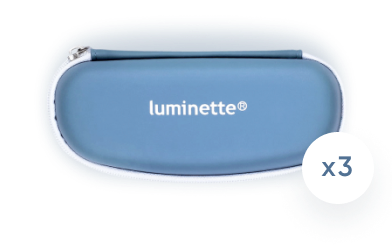
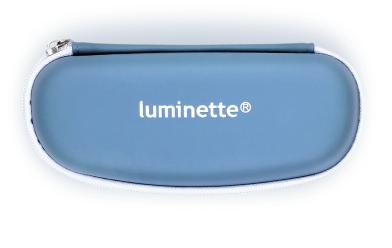
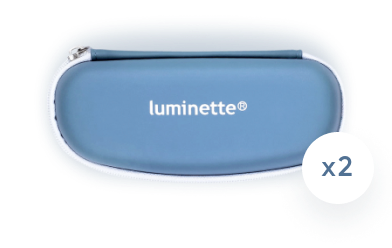
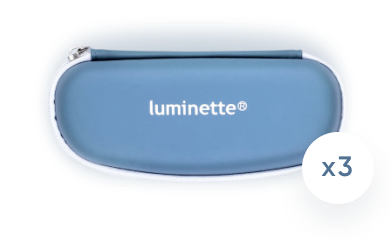
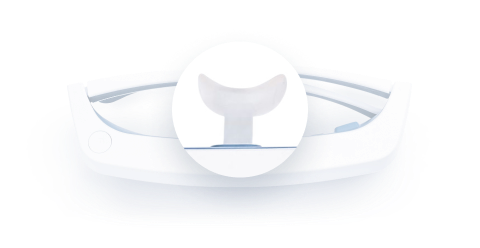
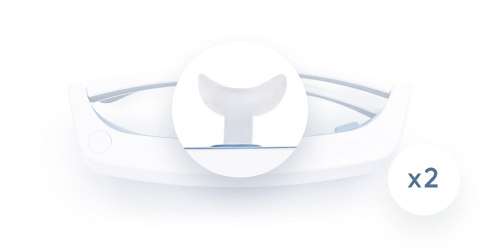
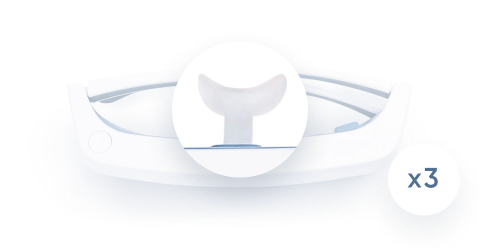
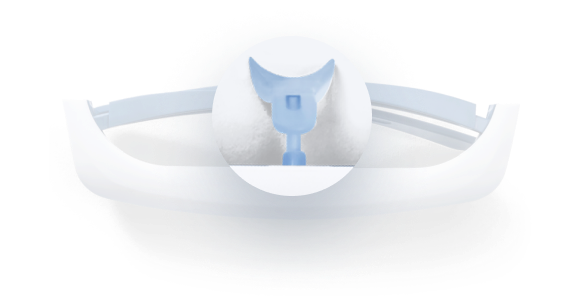
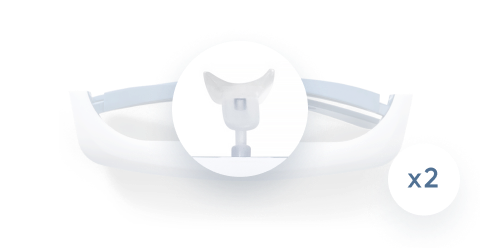
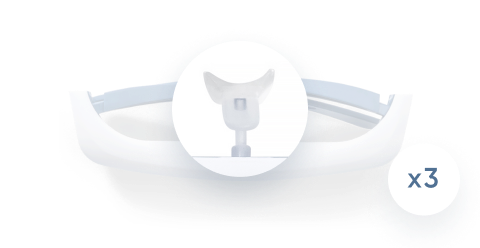
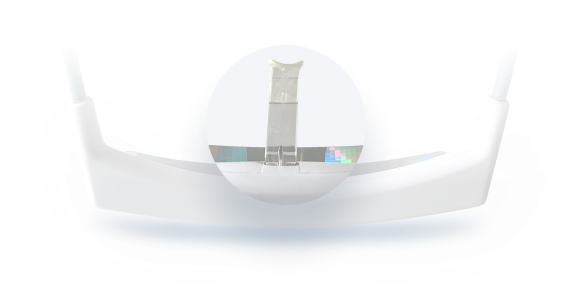
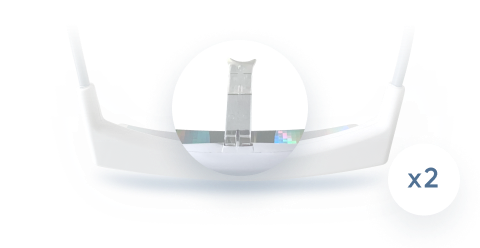
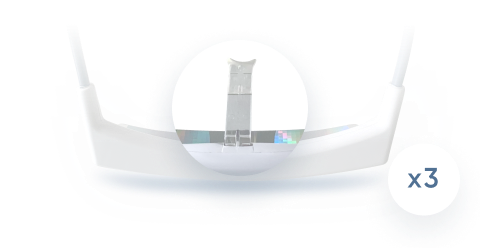
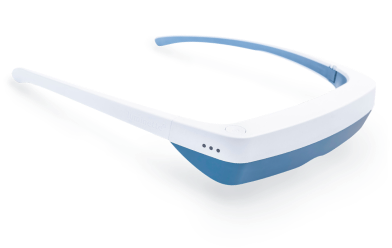
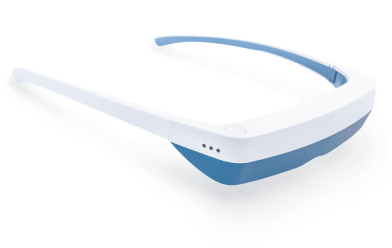
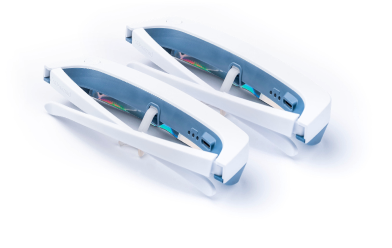
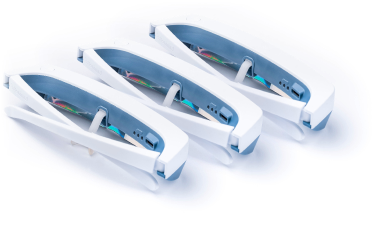
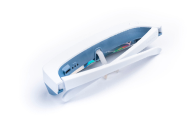
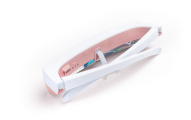
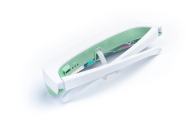
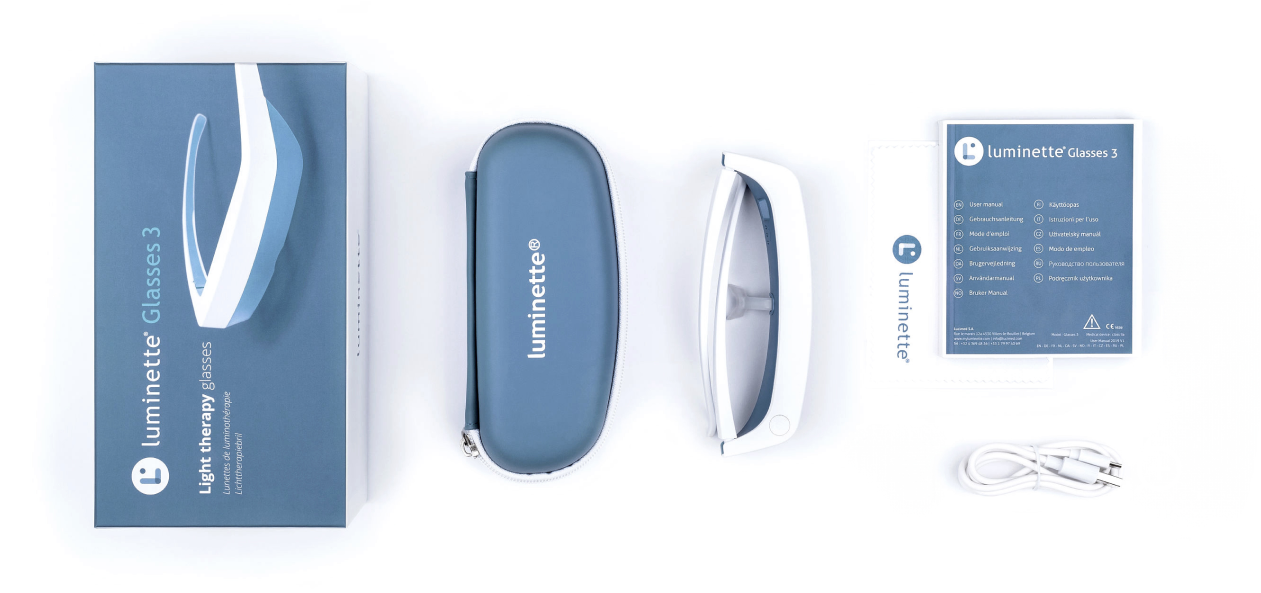
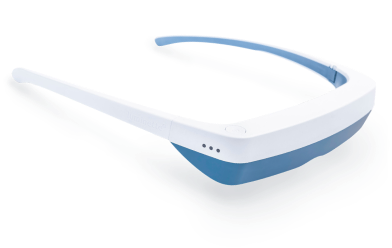


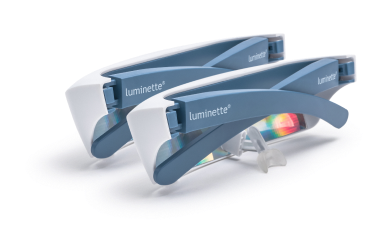
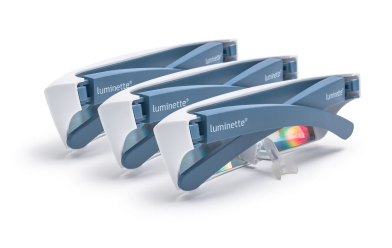
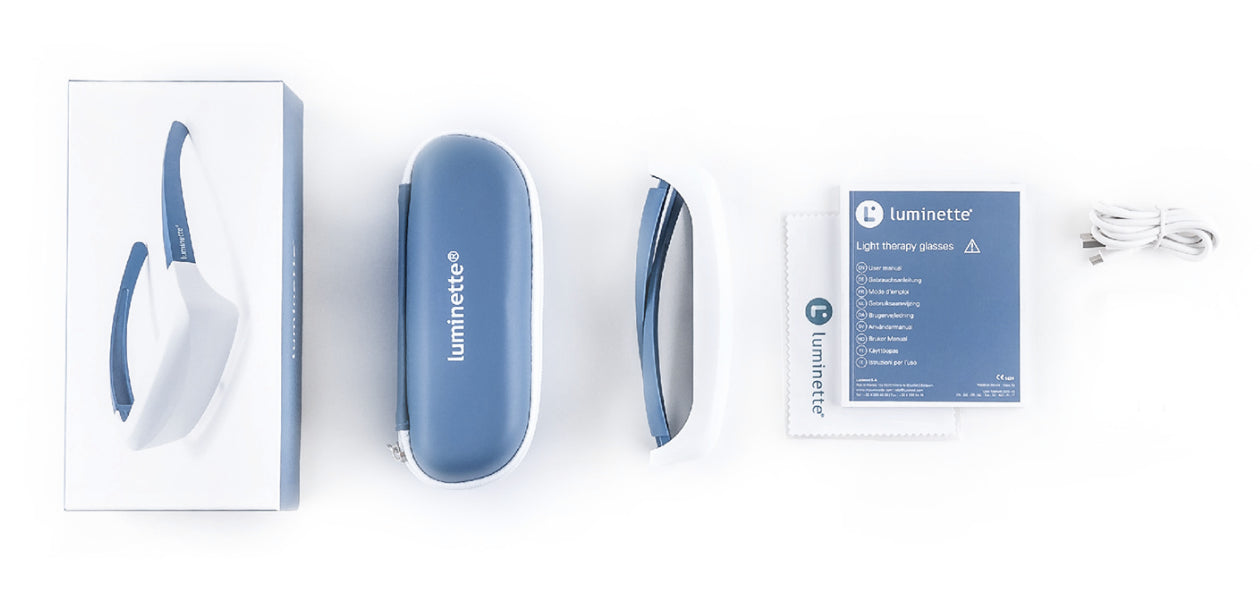
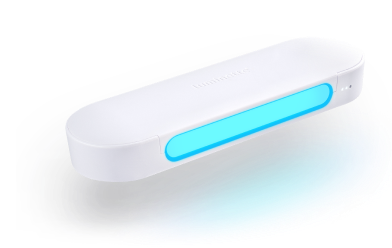
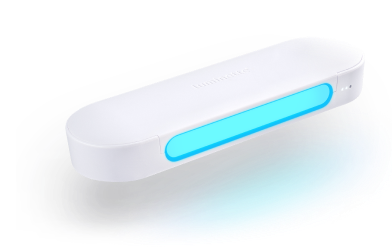
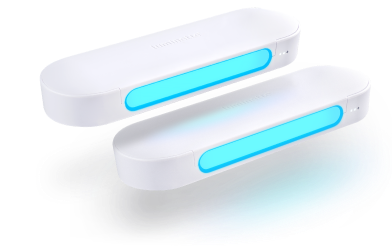
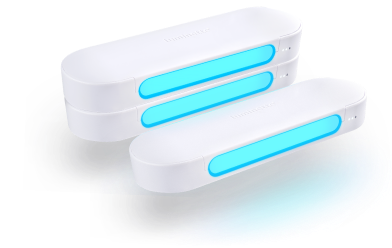
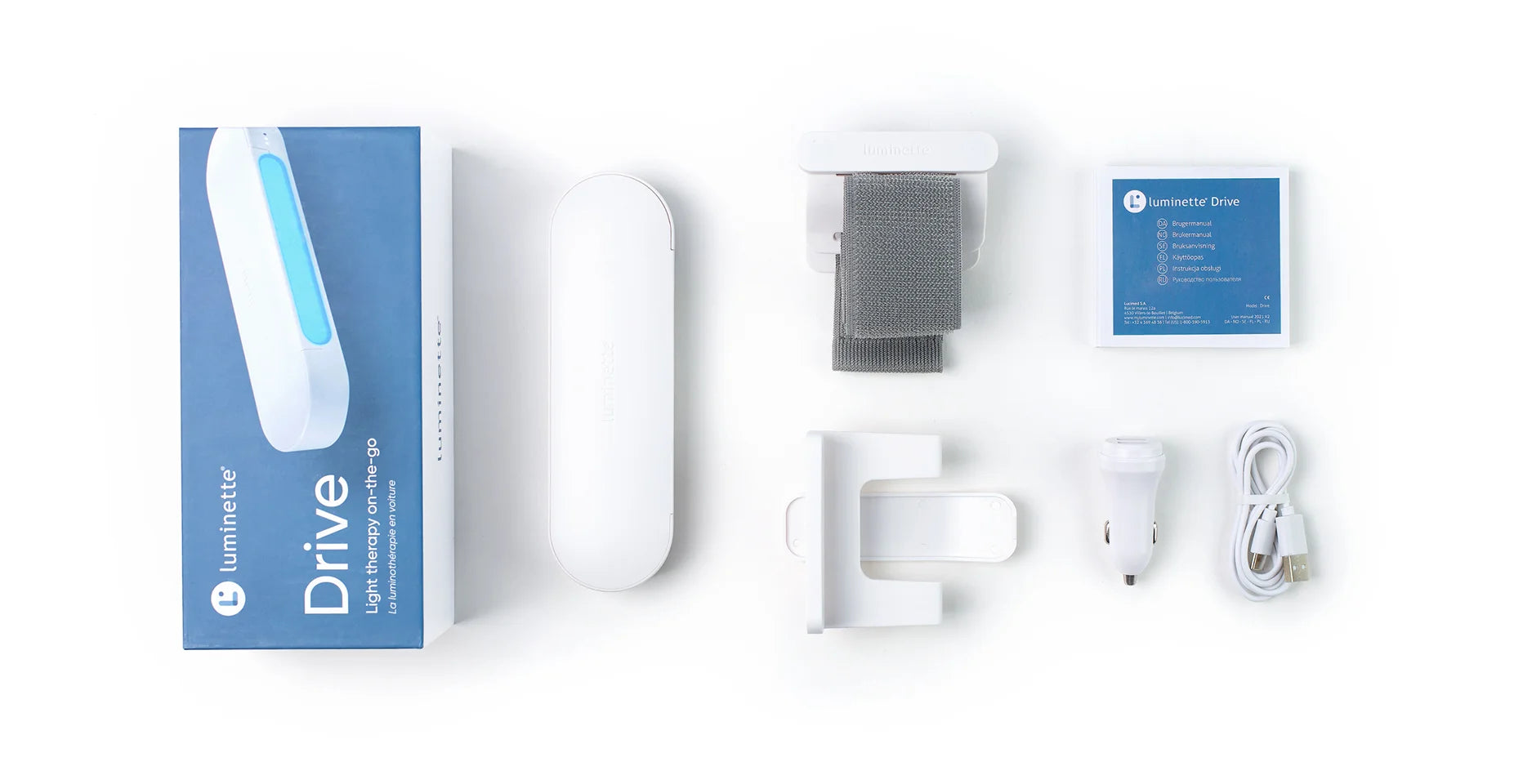

 Please note
Please note



